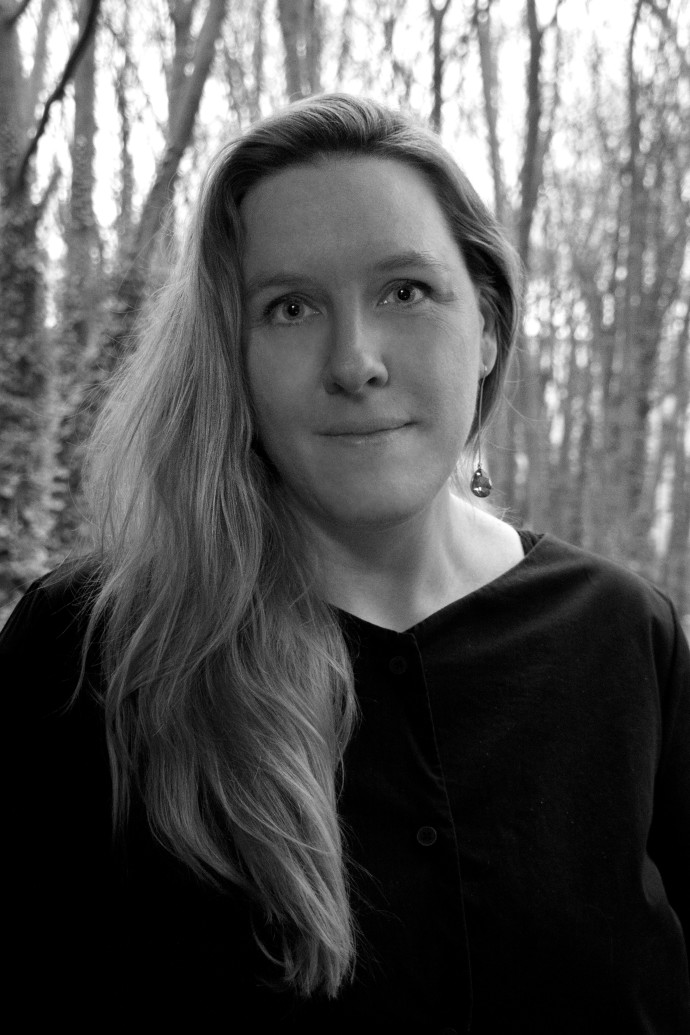An ancient women’s kingdom, which may or may not have existed in the ancient Middle East, appears amidst the large collages near the walls of the Israeli pavilion at the 59th Venice Art Biennale. The collages are silver and golden, the walls are gleaming white, and the pavilion’s ceiling, which has become a kind of palace, is painted in a deep ultramarine blue.
In preparation for the pavilion’s opening event held in the spring, the regular entrance was closed, and many visitors entered through the back door, located on the east side, which, following architectural work, became the most impressive entrance. It was no longer a rear door or a secondary exit but became an elegant main entrance framed by a concrete relief with an oriental decoration. Perhaps this is the essence of the Israeli pavilion at the 2022 Biennale: the transition from west to east – a change of perspective – in a new entrance to an old world.

Azoulay created the large collages that are based on a vast collection of photographs by a long-forgotten historian who obsessively photographed valuable metal objects that were exchanged as gifts between medieval Muslim rulers. The figures embroidered on these tools mark the status of their owners and the values of the ancient male sovereign: property, wars, swords and other symbols of power and government, which are located in museums around the world. Azoulay received the photographs of those items and, with meticulous work reminiscent of the original craftsmanship created by women, created spectacular works by cutting and connecting different parts, adding fine details, and welding fragments into an overall picture that maintains a new, surreal, alternative logic.

Through this integration, the artist created from the original male figures, female hybrid creatures whose bodies are woven into the metallic background, engraved in it, and drawn on its back. In this manner, the Israeli pavilion corresponds with the guiding principles of the Biennale as presented by the chief curator Cecilia Alemanni: surreal inspiration, historical capsules within contemporary art, an obsession with the metamorphosis of the human body, and an emphasis on excluded populations which have not been at the center of artistic discourse, including women.
At the pavilion’s exciting opening event, hundreds of guests gathered in the eastern courtyard to honour and thank the group of artists who participated in modifications to the pavilion, which included architectural work, exceptional sound engineering, and the creation of a detailed catalog containing in-depth articles, poetry, and more. In his remarks, the Israeli Ambassador to Italy, Dr. Dror Eydar, linked the holiday of Passover, which was celebrated the day after the opening of the Israeli pavilion that deals with the presence of the historical past in the present of the Jewish people, with the historical reconstruction conducted by Azoulay at the pavilion.
It will be interesting to see which direction the Israeli pavilion will take at the next architecture Biennale, which will open in the spring of 2023. The architects are currently working on preparing the plan, but until the next pavilion opens, it is recommended to visit the current Israeli pavilion, which tells a history that may have been and perhaps someday will be.


